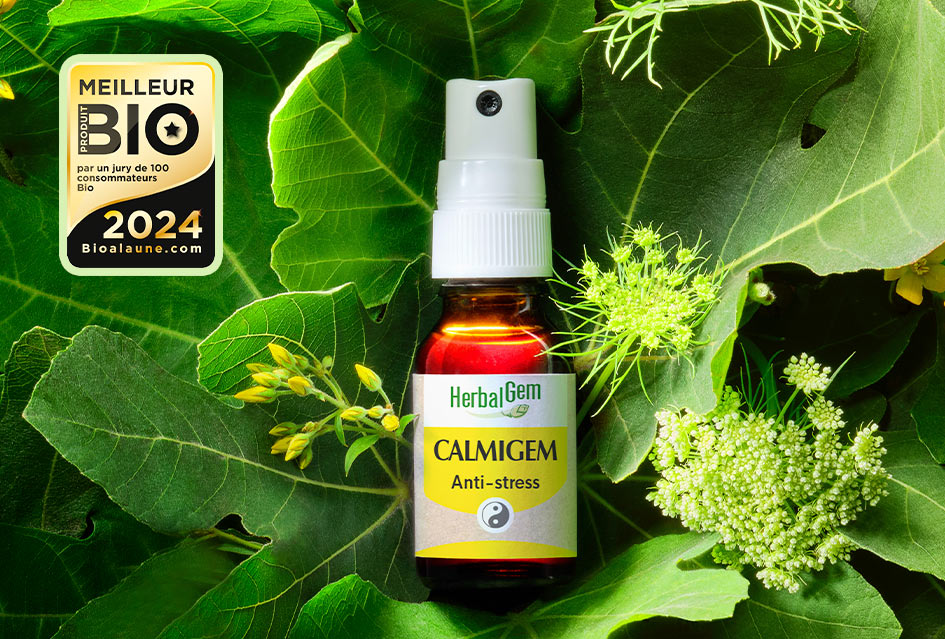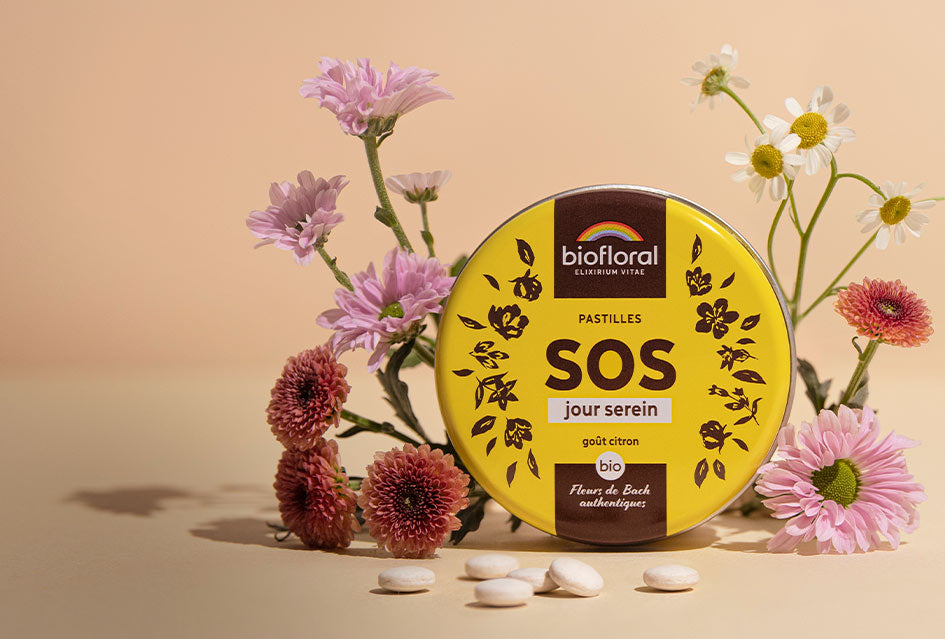 Vous avez dit "huile essentielle de Petit grain mandarinier " ?
Vous avez dit "huile essentielle de Petit grain mandarinier " ?
Imaginez donc ! Vous vous y connaissez un brin en aroma, et je vous dis « petitgrain mand.. » : vous répondrez fièrement en me coupant la parole « Ah oui, le bigaradier, l'oranger amer, Citrus aurantium, mais attention hein, pas la fleur, mais la feuille !! » . Superbe, excellent même ... sinon qu'ici c'est pas le petitgrain bigarade, mais bien le petit grain mandarinier ...
De même, rien qu'à évoquer la « mandarine », vous me parlerez de la belle essence de cet agrume magnifique, de ses propriétés relaxantes, mais surtout de sa fragrance subtile, envoûtante, ... C'est bien vrai, mais je ne voulais pas vous parler de l'essence de zeste de mandarine, mais bien de l'huile essentielle obtenue par distillation des feuilles du mandarinier, bref de l'huile essentielle de petit grain mandarinier (Citrus reticulata - feuille). « Comment ça ? Ca existe un truc pareil .... Jamais vu, ni senti ça, moi !? ». Ben non, raison de plus pour qu'elle fasse partie de cette amusante série de petits articles.
Donc, l'huile essentielle de petitgrain mandarinier existe bel et bien ! Et qu'en dit le spécialiste ? Vous savez peut-être que l'essence de mandarine est la seule essence d'agrumes qui possède un effet relaxant. Cela est dû à la présence - même sous forme de traces - de molécules très spéciales, les esters nitrés (comme par exemple le methylanthranylate de méthyle). Ces esters possèdent les mêmes caractéristiques que les esters aromatiques classiques, à savoir d'être relaxants et apaisants (à l'instar des esters de la lavande ou de la camomille).
Et bien, là où l'essence de mandarine renferme au plus 1% de ces fameux esters, l'huile essentielle de petitgrain mandarinier en contient pas moins de 40% ... Aaaaah ... je vous vois venir, avec vos envies de remplacer l'une par l'autre. Certes c'est possible, mais là où vous utilisiez 2 gouttes d'essence, il vous faudra envisager uniquement une fraction de goutte d'huile de petitgrain mandarinier. L'odeur et le goût sont également très différents : ils ne sont pas mauvais du tout, mais ils n'ont pas la rondeur et la douceur d'une belle essence de mandarine verte BIO ... Cela dit, il n'en reste pas moins qu'il vous faut découvrir cette huile essentielle si vous aspirez à mieux dormir, à vous relaxer, à mieux gérer vos stress passagers ou à vous libérer de vos angoisses ou de vos peurs.
 se relaxer et mieux dormir avec le mandarinier ?
Vraiment, une très belle découverte, et puis, peut-être aussi un sujet de conversation avec lequel vous en étonnerez plus d'un.
se relaxer et mieux dormir avec le mandarinier ?
Vraiment, une très belle découverte, et puis, peut-être aussi un sujet de conversation avec lequel vous en étonnerez plus d'un.







